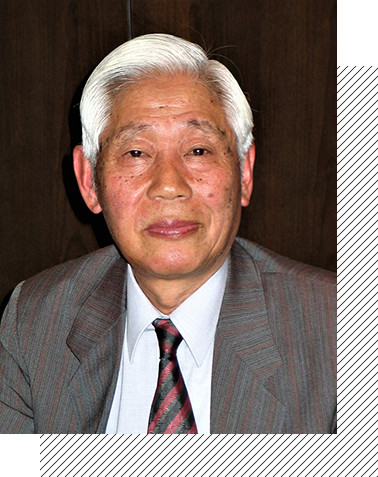
Tamotsu Nakamura

Tamotsu Nakamura, 82, a businessman turned explorer, has spent his retirement scaling and looking for unclimbed peaks in China’s west and south. During his years at Hitotsumashi University he studied commerce and accounting, and with the university’s mountaineering club he began climbing in the Japanese Alps. With the advent of GIS, satellite images and other advanced cartographic applications, it seems the world is growing smaller by the minute. But long-time Alpinist contributor Tamotsu Nakamura, though he began his explorations after the Golden Age of Mountaineering ended, begs to differ. In 1961, he took an expedition to Bolivia and Peru, where he made the first ascent of Pucahirca Norte (6046 m) in the Cordillera Blanca. He then climbed three more first ascents and several second ascents in Cordillera Apolobamba and Pupuya in Bolivia. Nakamura began devoting his life to the mountains of Tibet and western China. Over the past eighteen years he has made thirty expeditions to those areas, where he has discovered, documented and mapped countless unclimbed peaks. These forays have garnered numerous awards from internationally recognized societies. Nakamura has been given the Prince Chichibu Memorial Mountaineering Award (2003), the UIAA Award for contributions to international mountaineering (2007) and, most recently, the Royal Geographical Society’s Busk Medal (2008). Nakamura’s photographs and writings have been published widely in such journals including The American Alpine Journal, The Alpine Journal, The Himalayan Journal, Japanese Alpine News, Altitudes, Vertical and Alpinist. He edits the Japanese Alpine News E letter.


